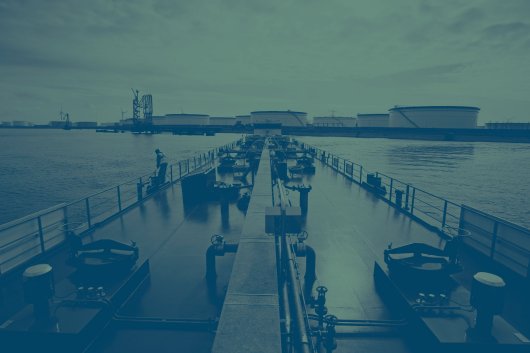Panama ships consumed the most bunker fuel in 2015: report
Ships registered in Panama are estimated to have consumed 43.9 million tonnes of fuel in 2015.
Panama-flagged ships consumed more bunker fuel than any other country in 2015, according to a report published by the International Council on Clean Transportation (ICCT).
The study, entitled 'Black carbon emissions and fuel use in global shipping 2015', calculates that ships registered in Panama used 43.9 million tonnes of bunkers in 2015, representing 16.5 percent of the total amount consumed (266.275 million tonnes) by vessels globally.
According to the report, five flag states - Panama, China, Liberia, Marshall Islands and Singapore - consumed 137 million tonnes of fuel in 2015, which was equivalent to 52 percent of total fuel consumption by ships.
Bulk carriers (15.1 million tonnes) and container ships (10.4 million tonnes) together made up more than half of Panama's total.
China-flagged vessels were ranked second in the report, with consumption assessed at 27.9 million tonnes. Container ships represented 9.7 million tonnes of the country's total, and bulk carriers 9.5 million tonnes.
Liberia (27.2 million tonnes), Marshall Islands (20.6 million tonnes) and Singapore (17.5 million tonnes) made up the rest of the top five flag states.
In Liberia and Singapore, boxship consumption was ranked above the other vessel type categories at 12.1 million tonnes and 6.9 million tonnes respectively. In Marshall Islands, meanwhile, bulk carriers were deemed to have consumed the most fuel, 6.3 million tonnes, in 2015.
The study, entitled 'Black carbon emissions and fuel use in global shipping 2015', calculates that ships registered in Panama used 43.9 million tonnes of bunkers in 2015, representing 16.5 percent of the total amount consumed (266.275 million tonnes) by vessels globally.
According to the report, five flag states - Panama, China, Liberia, Marshall Islands and Singapore - consumed 137 million tonnes of fuel in 2015, which was equivalent to 52 percent of total fuel consumption by ships.
Bulk carriers (15.1 million tonnes) and container ships (10.4 million tonnes) together made up more than half of Panama's total.
China-flagged vessels were ranked second in the report, with consumption assessed at 27.9 million tonnes. Container ships represented 9.7 million tonnes of the country's total, and bulk carriers 9.5 million tonnes.
Liberia (27.2 million tonnes), Marshall Islands (20.6 million tonnes) and Singapore (17.5 million tonnes) made up the rest of the top five flag states.
In Liberia and Singapore, boxship consumption was ranked above the other vessel type categories at 12.1 million tonnes and 6.9 million tonnes respectively. In Marshall Islands, meanwhile, bulk carriers were deemed to have consumed the most fuel, 6.3 million tonnes, in 2015.
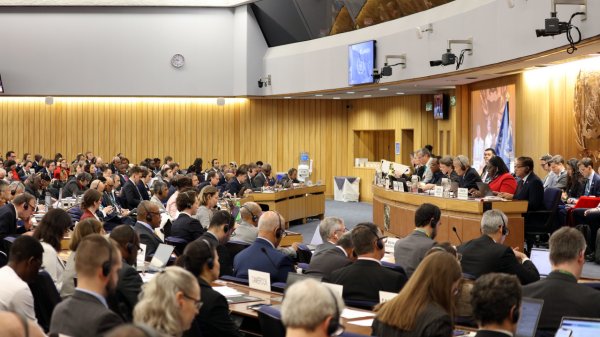
|
IMO approves pricing mechanism based on GHG intensity thresholds
Charges to be levied on ships that do not meet yearly GHG fuel intensity reduction targets. |
|
|
|
||
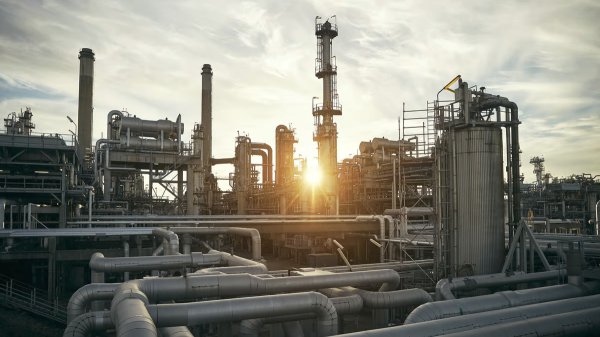
|
VARO Energy expands renewable portfolio with Preem acquisition
All-cash transaction expected to complete in the latter half of 2025. |
|
|
|
||
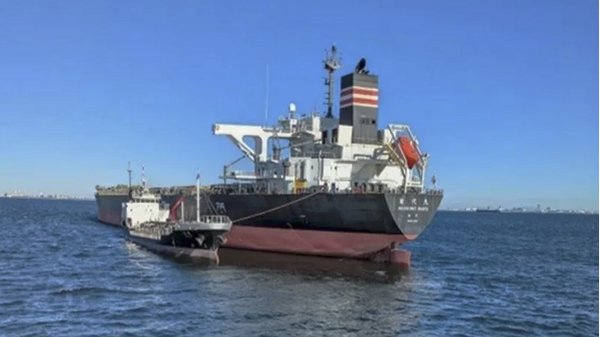
|
NYK trials biofuel in milestone coal carrier test
Vessel is used to test biofuel for domestic utility company. |
|
|
|
||
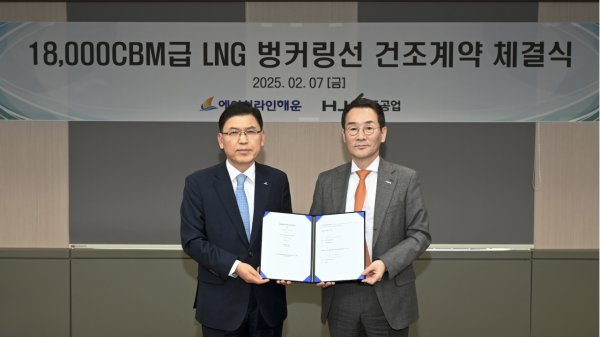
|
H-Line Shipping orders LNG bunkering vessel
Vessel with 18,000-cbm capacity to run on both LNG and MDO. |
|
|
|
||

|
How to engineer and manage green shipping fuels | Stanley George, VPS
Effective management strategies and insights for evolving fuel use. |
|
|
|
||
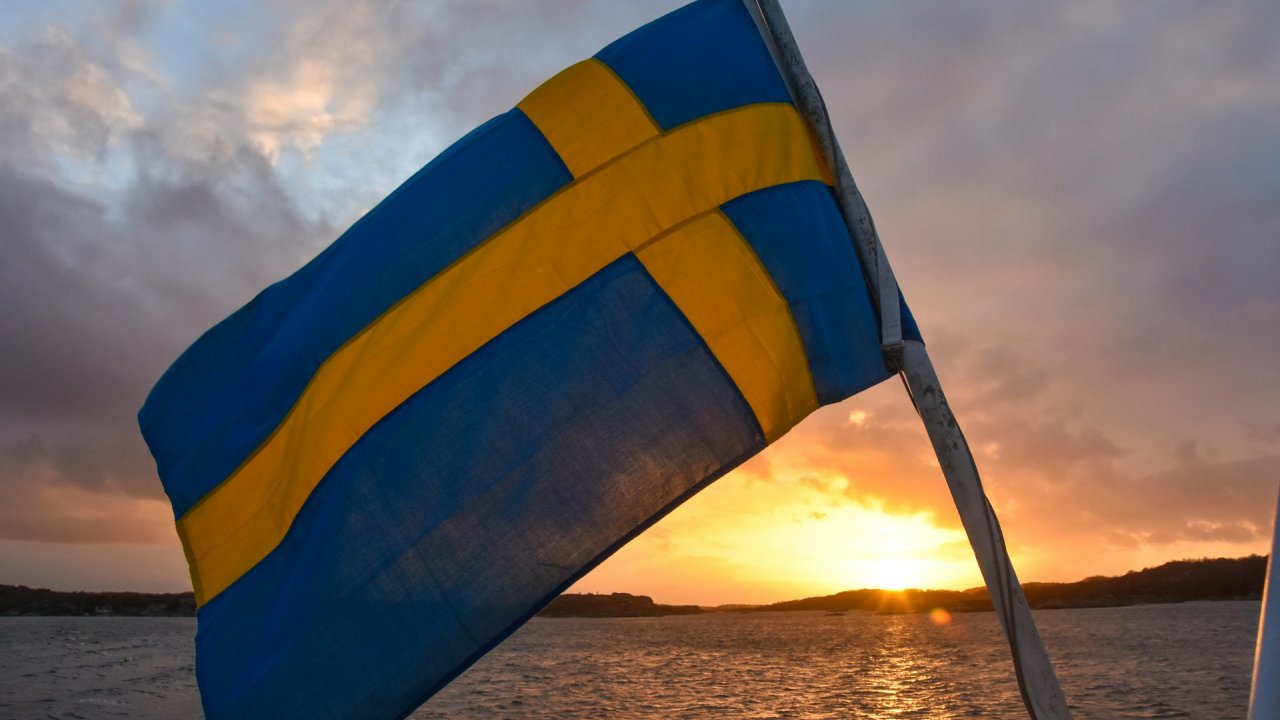
|
Swedish government bans scrubber wastewater discharges
Discharges from open-loop scrubbers to be prohibited in Swedish waters from July 2025. |
|
|
|
||
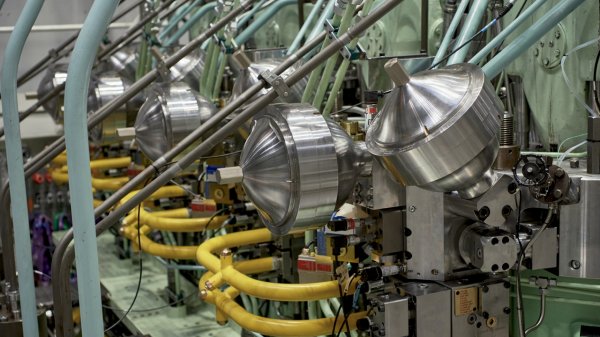
|
MAN Energy Solutions achieves 100% load milestone for ammonia engine
Latest tests validate fuel injection system throughout the entire load curve. |
|
|
|
||
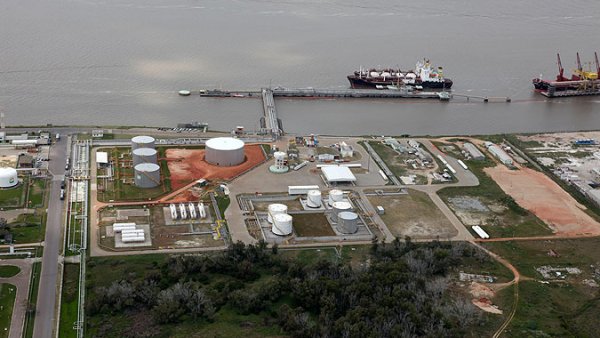
|
Petrobras secures ISCC EU RED certification for B24 biofuel blend at Rio Grande
Blend consisting of 24% FAME is said to have been rigorously tested to meet international standards. |
|
|
|
||
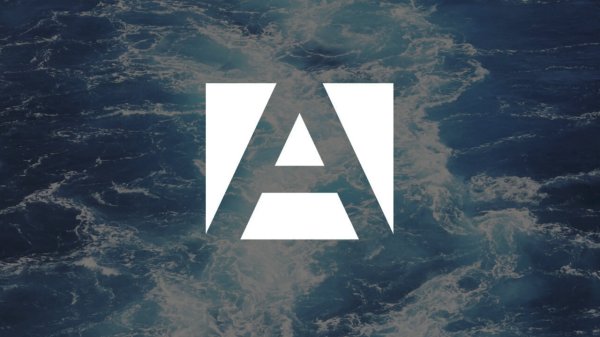
|
Stolt-Nielsen to fully control Avenir LNG with acquisition
Share purchase agreement to buy all shares from Golar LNG and Aequitas. |
|
|
|
||
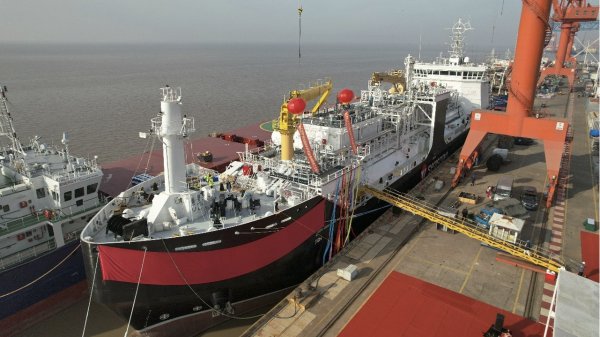
|
Bureau Veritas supports launch of CIMC SOE's LNG bunkering vessel
Handover of Seaspan Energy's cutting-edge 7,600-cbm vessel completed. |
|
|
|
||
Related Links
- · Report puts global bunker consumption at 266m tonnes in 2015 [Insights]
- · Panama [Directory]

